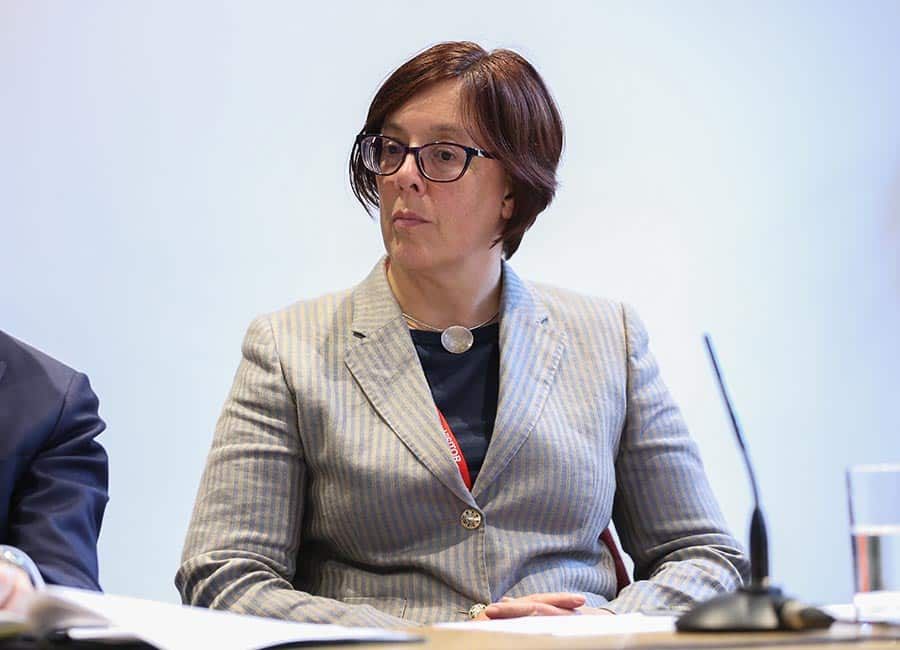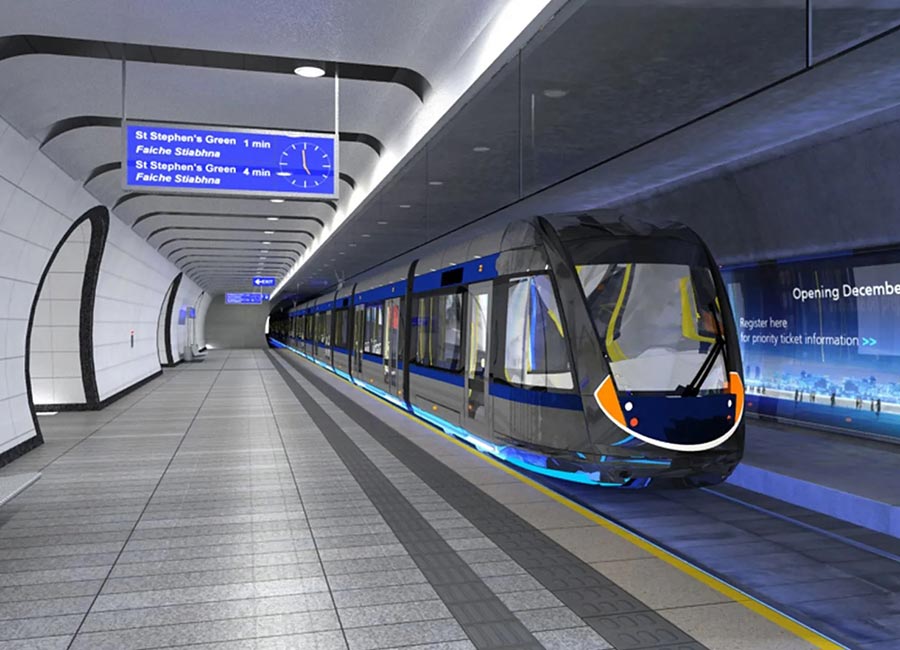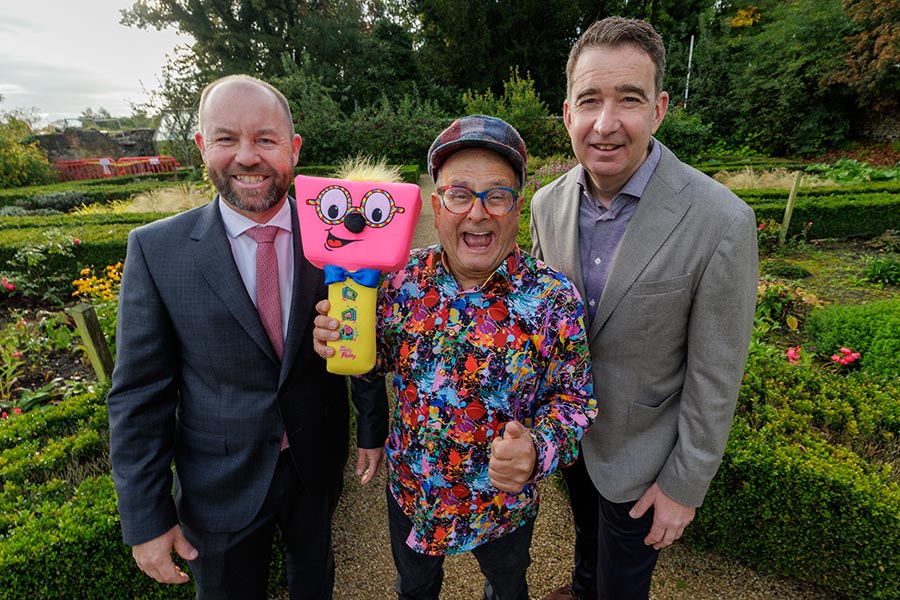The taxi driver numbers are still 10% lower than before the pandemic, the National Transport Authority (NTA) has said.
NTA chief Anne Graham said there are just over 3,000 inactive taxi licence holders.
As of the end of September, there were 19,145 active registered vehicles and 25,327 active registered drivers.
Ms Graham said that while a large percentage of those registered drivers are active, not all of them are, and the NTA is now focusing on retaining as many taxi drivers as possible in the wake of the pandemic.
It comes as passengers report waiting up to two hours for a taxi in Dublin on weekend nights, as supply is not meeting demand.
The NTA has issued between 800 and 900 new taxi licences in 2022.
The process to become a licensed taxi driver takes between eight and ten months.
Ms Graham said: 'That has shown that people are returning to the industry. There is a licensing process managed by An Garda Síochána and drivers have to be vetted by them. So there is a process that has to be gone through.
'We allowed vehicle licences to go inactive for a longer period of time, so they could become available once demand increased.'
Ms Graham said the shortage of drivers in the taxi trade is also affecting buses.
'We have now got ten services operating on a 24-hour basis in Dublin and one in Cork and we want to increase that number.
'And just as we're having driver shortages in the taxi industry, we're also having them, unfortunately, in the bus industry as well,' she said.
The Dáil heard last month that taxi drivers are to be granted an extension of the current ten-year limit for the age of their vehicles because of a global shortage of new cars.
According to NTA rules, all standard taxis have a life span of ten years from the date of their first registration and then have to be replaced.
Transport Minister Eamon Ryan said the move came about because of 'recognising the reality that it is very difficult to get vehicles at the present time. There's a global supply shock'.
He added: 'It's not ideal in terms of having to do an extension. I'll be honest. We want a modern fleet. It's nothing against taxi drivers, it's just setting certain standards.'
Last month, the Oireachtas Transport Committee heard that up to 4,000 taxis could be forced out of the business next year due to regulations governing vehicle age limits and difficulties finding replacement cars.

Changes which came into effect last month saw taxi fares rise by 12%, while drivers were also made legally obliged to accept card payments as well as cash under new legislation.
A standard ten-minute journey is now nearly €1.50 more expensive - jumping from €9.80 to €10.98.
The fare hikes will help to cover operating costs, 'particularly in relation to the cost of fuel', the NTA said.
According to the NTA, 92% of taxi drivers already allow customers to pay by card, but now drivers cannot add surcharges to card payments.
Taxi drivers must also offer passengers a receipt from the taxi meter showing exactly what the fare has been throughout their journey.
The overall costs associated with operating a taxi have increased by 11%, according to the NTA, with the implementation of cashless payment machines set to bring about an extra 1% increase, for a total rise of 12%.
The Department of Transport was contacted for comment.











